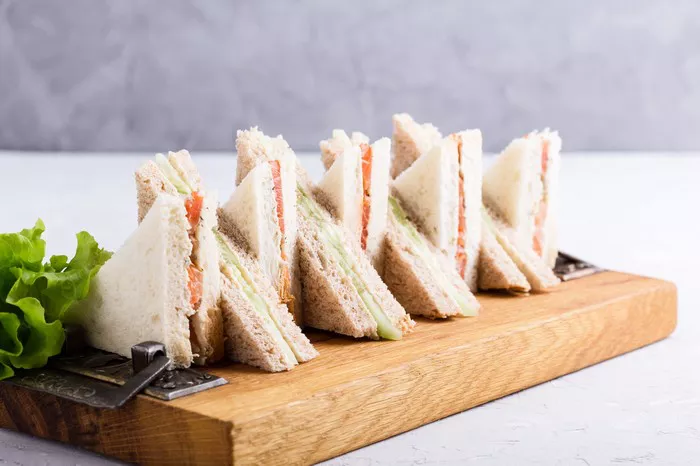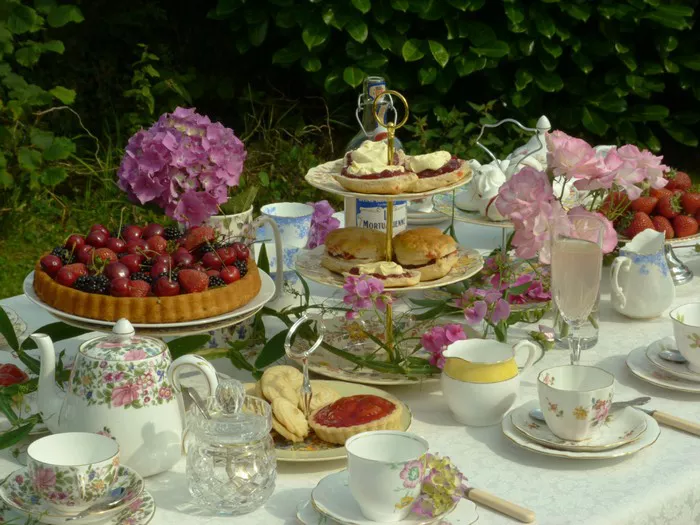In response to a perceived underrepresentation of Sri Lankan fare in central London, a passionate advocate for the cuisine voiced the need to reintroduce the flavors of their upbringing to a wider audience.
Although Sri Lanka shares a geographical proximity with India, the nuances of its culinary tradition and cultural tapestry distinguish it significantly.
Presently, a burgeoning cohort of Sri Lankan chefs and entrepreneurs scattered across the globe is propelling their native gastronomy into the limelight, all while celebrating the rich and diverse culinary heritage that the island nation encapsulates.
This renaissance in Sri Lankan cuisine has been long awaited, asserts Meewalla, who further notes the increasing willingness of Sri Lankans themselves to venture into the culinary realm, establishing eateries that serve as ambassadors for their heritage on a global scale.
Meewella attributes the surge in interest and support for Sri Lankan cuisine to the phenomenon of tourism. Although a series of setbacks, including a devastating bomb attack, the COVID-19 pandemic, and a recent severe economic crisis, temporarily halted tourist arrivals, Sri Lanka has rebounded, with over 800,000 visitors recorded in 2023 as of the first week of August. According to Meewella, this renewed influx of visitors plays a pivotal role in acquainting them with the island’s rich diversity and its equally tantalizing cuisine.
Chef Dhayanie Williams, a distinguished contestant on “MasterChef Australia 2019,” underscores the transformative impact of social media and culinary programs like Masterchef over the past decade. Through these platforms, professional and home chefs alike have successfully propelled Sri Lankan cuisine into the international culinary sphere.
Williams highlights a significant shift in global perceptions, emphasizing that Sri Lankan cuisine extends far beyond mere curries accompanied by rice, successfully disentangling it from its often conflated association with Indian culinary traditions. Notably, Sri Lankan roti, despite sharing a name with their Indian counterparts, are distinct in composition, fashioned from freshly grated coconut and rice flour, as opposed to the wheat-based, larger Indian rotis.
Key elements such as rice, coconut milk, indigenous fruits, vegetables, and seafood serve as the fundamental building blocks of Sri Lankan culinary artistry.
Meewella elucidates that this culinary tradition draws inspiration from a tapestry of ethnic cultures, further influenced by the historical presence of the Dutch and Portuguese, who once held sway over Sri Lanka.





















